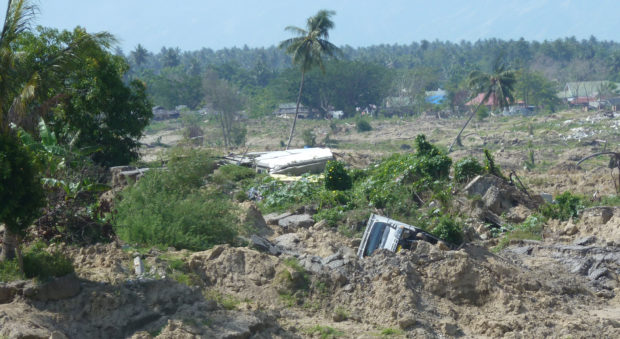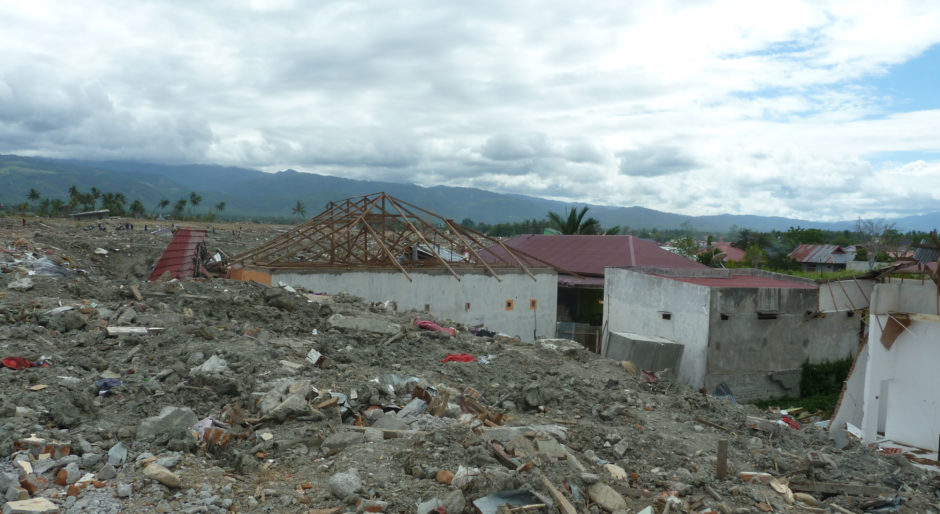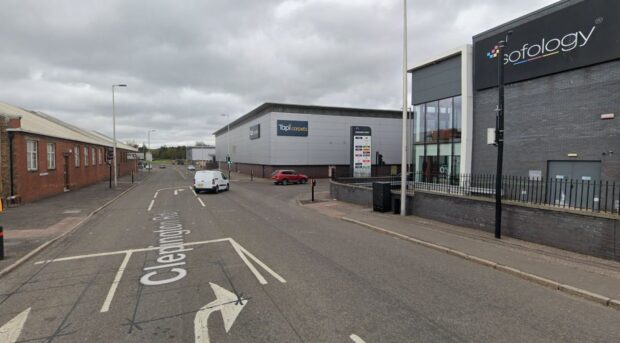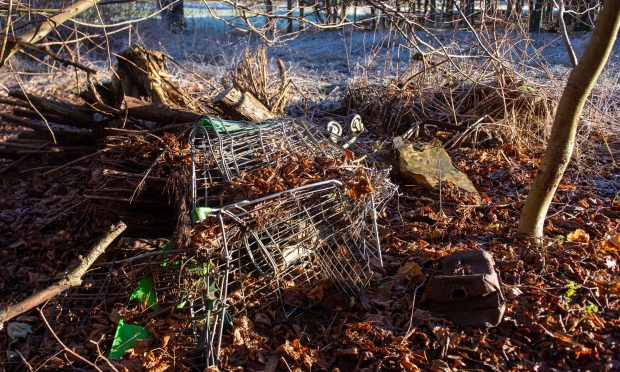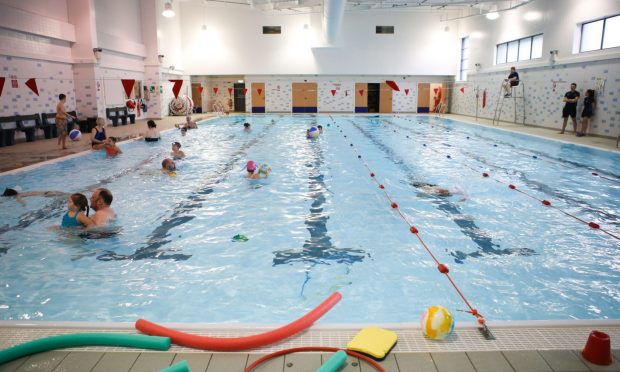A Dundee researcher said “liquefied” soil may have caused hundreds of deaths following the devastating earthquake and tsunami in Indonesia.
Dr Andrew Brennan, an academic at Dundee University, said high ground water levels in the province of Central Sulawesi may have allowed soil to liquefy, a phenomenon which occurs when soil is shaken violently, pushing moisture to the surface and making ground unstable.
This triggered several landslides that buried hundreds of homes in September.
More than 2000 people died after a magnitude 7.5 earthquake triggered a tsunami that struck the coast of the country’s Minahasa Peninsula.
A further 10,000 were injured and more than 200,000 people are believed to have been displaced, with entire communities wiped out by the disaster.
Dr Brennan, from the university’s School of Science and Engineering, recently returned from the city of Palu where he had been working in his capacity as an expert in soil liquefaction, which may have exacerbated the loss of life.
He said: “The sheer scale of soil movement and the distance it can travel were beyond what I expected.
“All slopes in the world are being perpetually tested but several conditions mean they tend to stay in place. Occasionally, however, there tends to be a combination of factors and tragedies like this occur.
“Some of the geological evidence suggests that there are steep slopes underneath the surface. The sand on top is made of several layers, but there are places in the city with steeper slopes and layers of different soil that can act as sliding surfaces, which appear to have contributed here.
“It would have been worse across the city if the soil had not been as dense. In some areas the soil particles were more tightly packed, which means it is less liquefiable. If that had not been the case then the destruction could have been significantly worse.”
Dr Brennan travelled to Southeast Asia as part of the Earthquake Engineering Field Investigation Team (EEFIT), which carries out technical evaluations of structures, civil engineering works and industrial projects in the aftermath of seismic events.
He said witnessing the aftermath of the disaster was an emotional experience.
“At one point I was walking over the top of a landslide, which had buried a whole town, and seeing people’s personal effects just scattered on the ground was an extremely moving experience.
“But it also brought home the importance of the work we were doing in evaluating whether there are implications for similar sites worldwide, work which we hope may be able to save lives in the future.”
